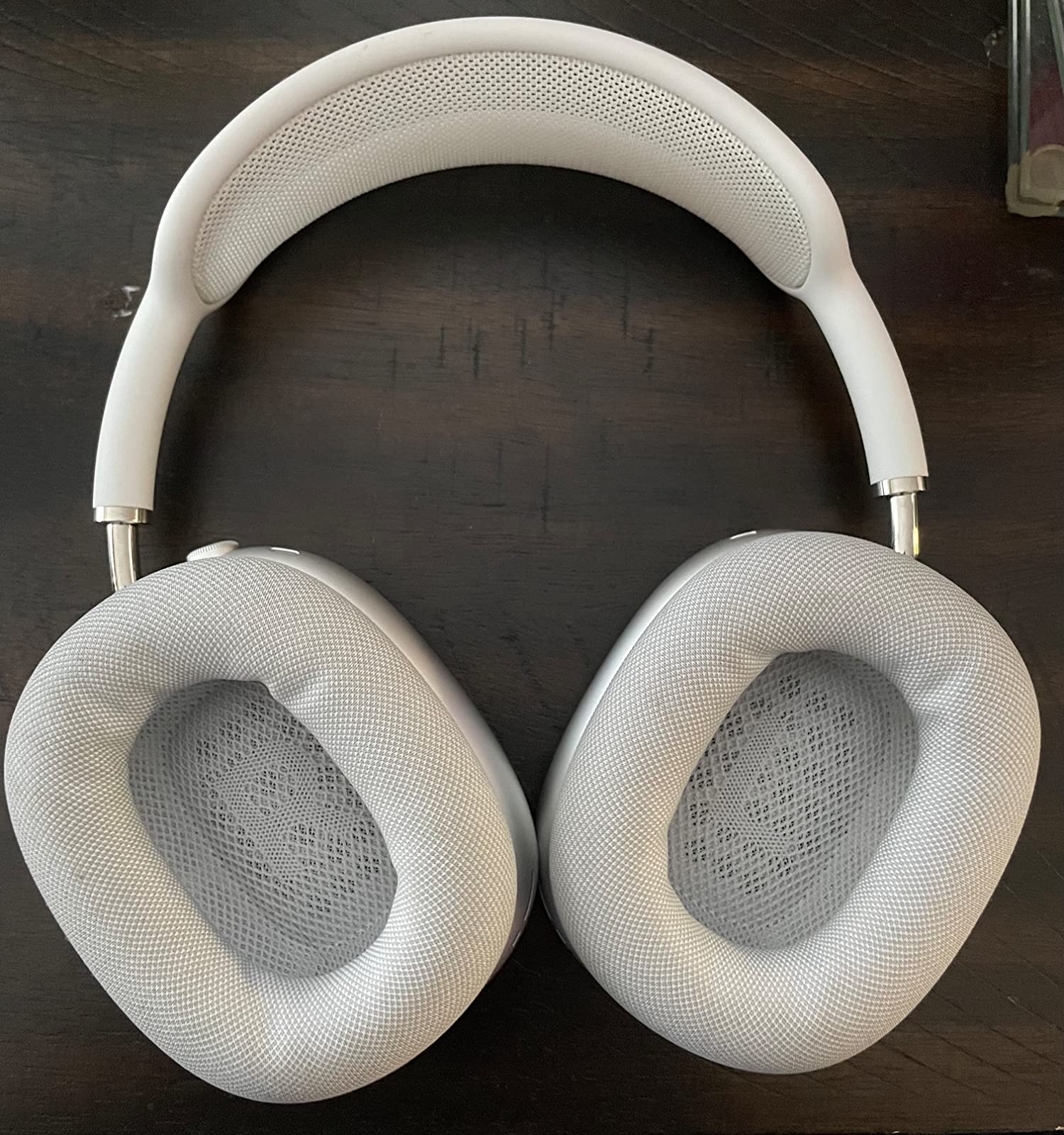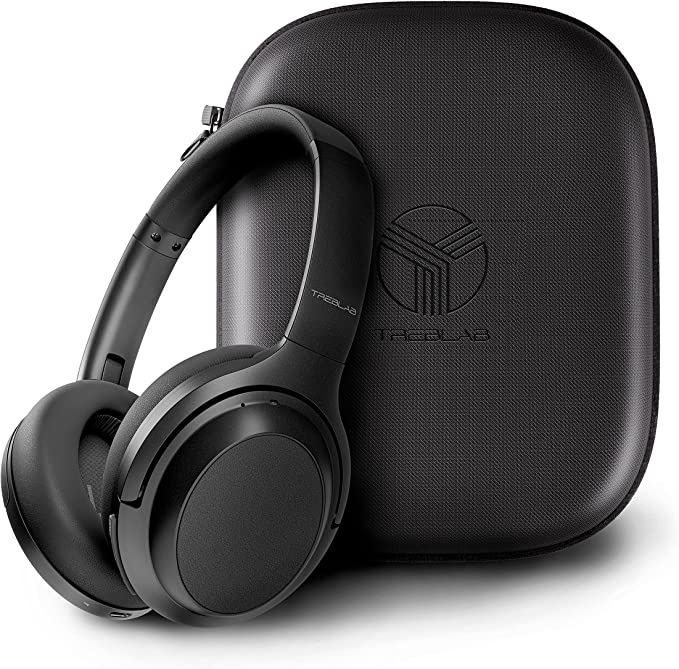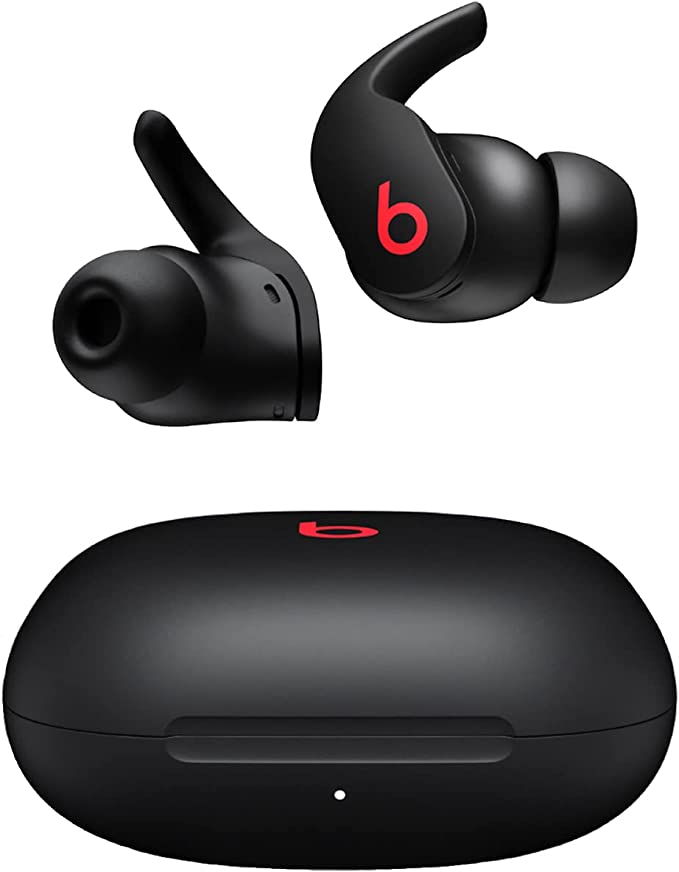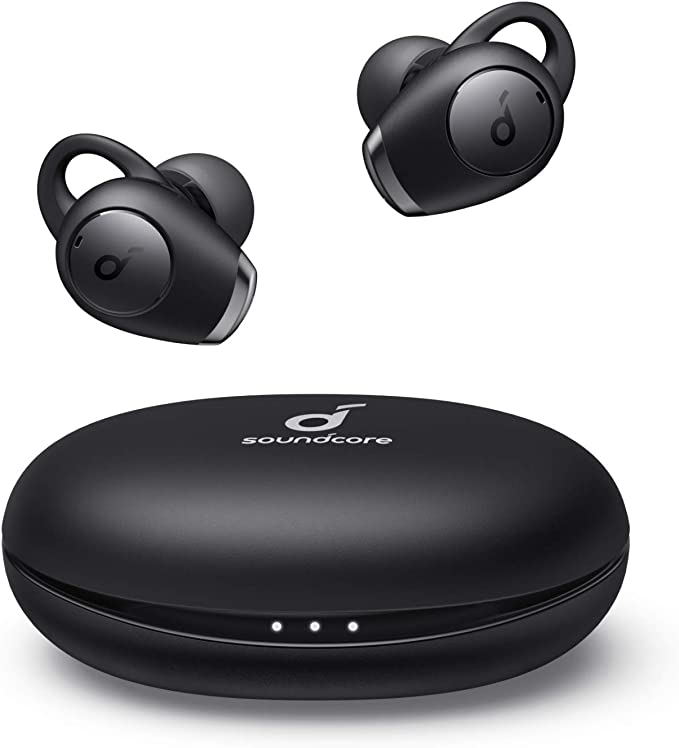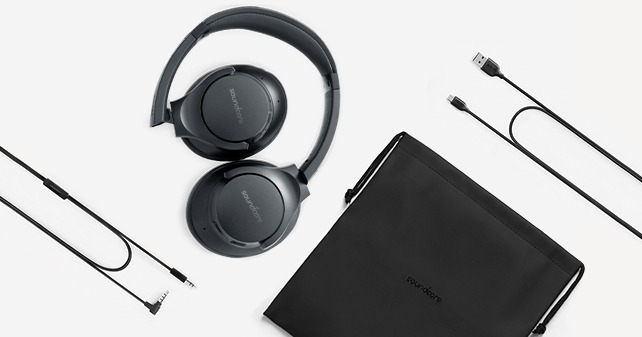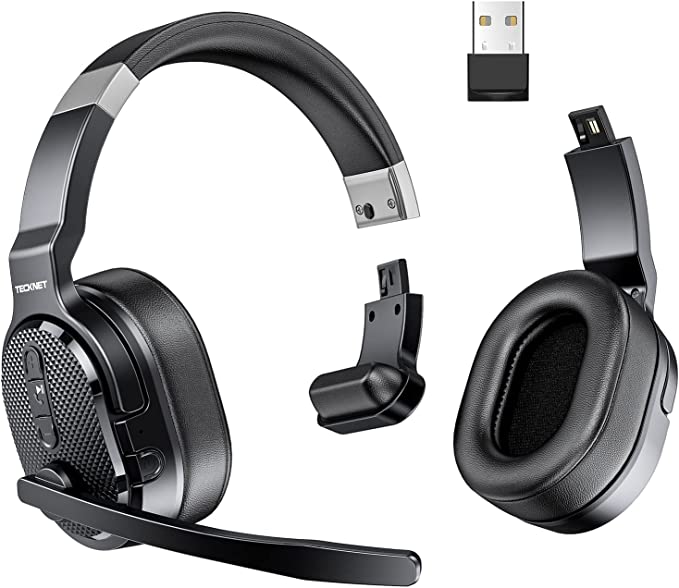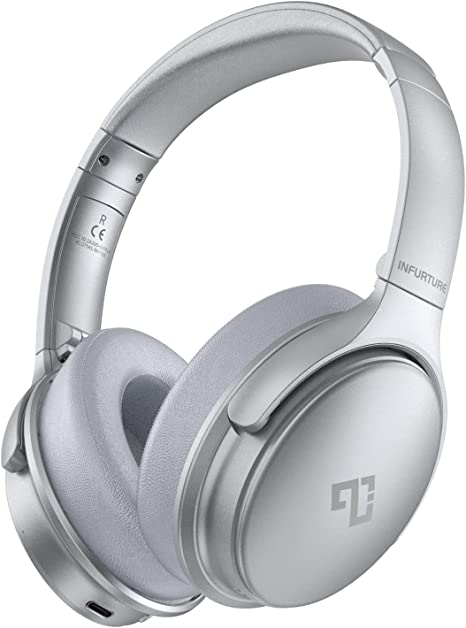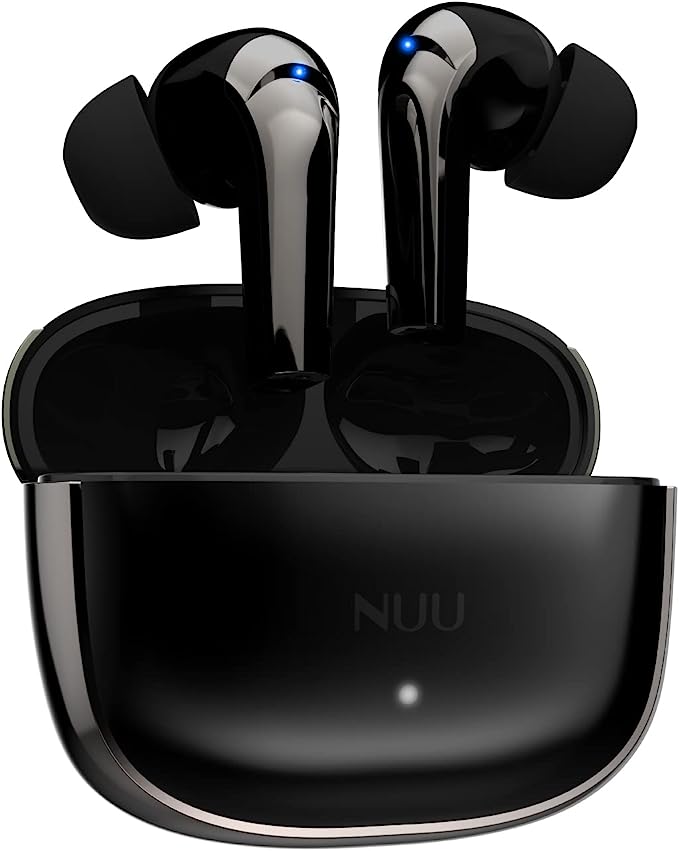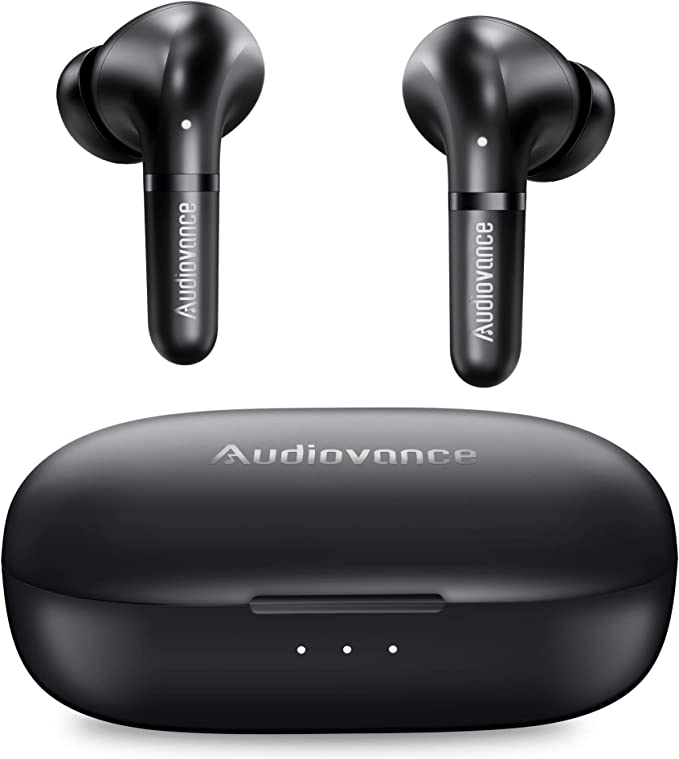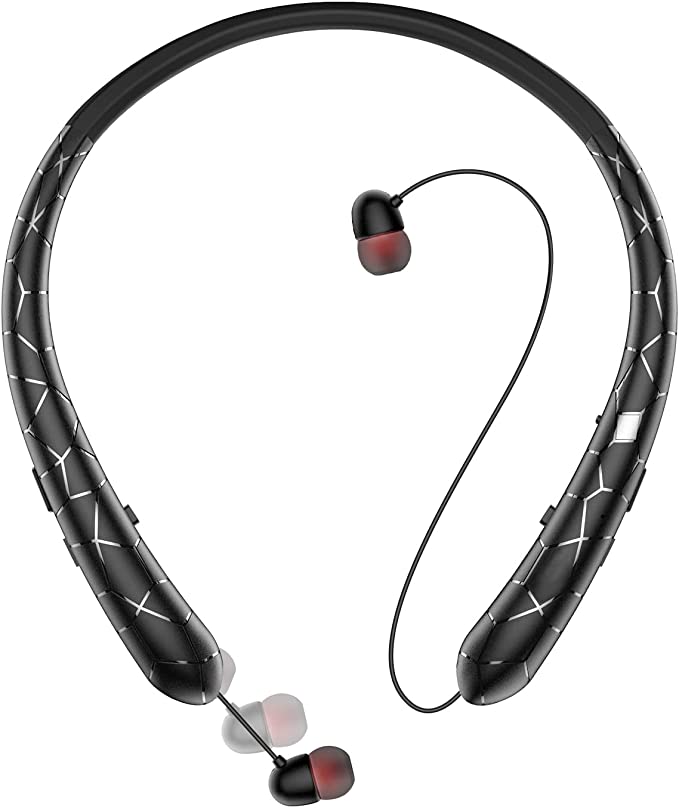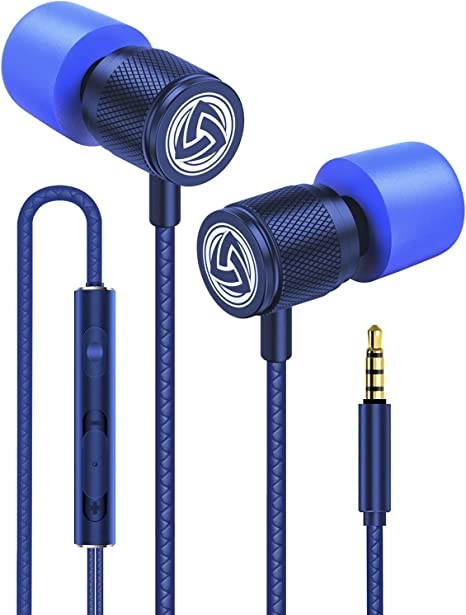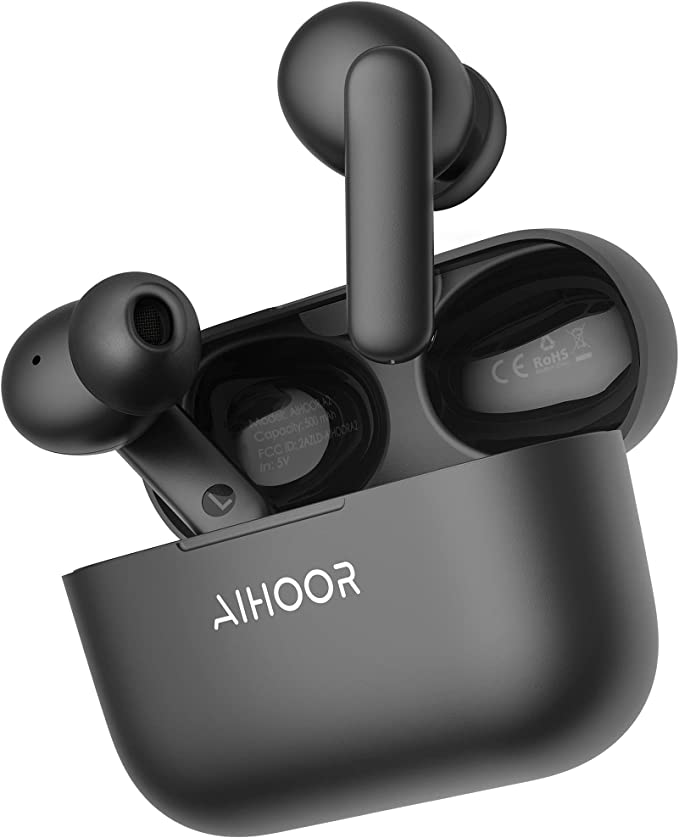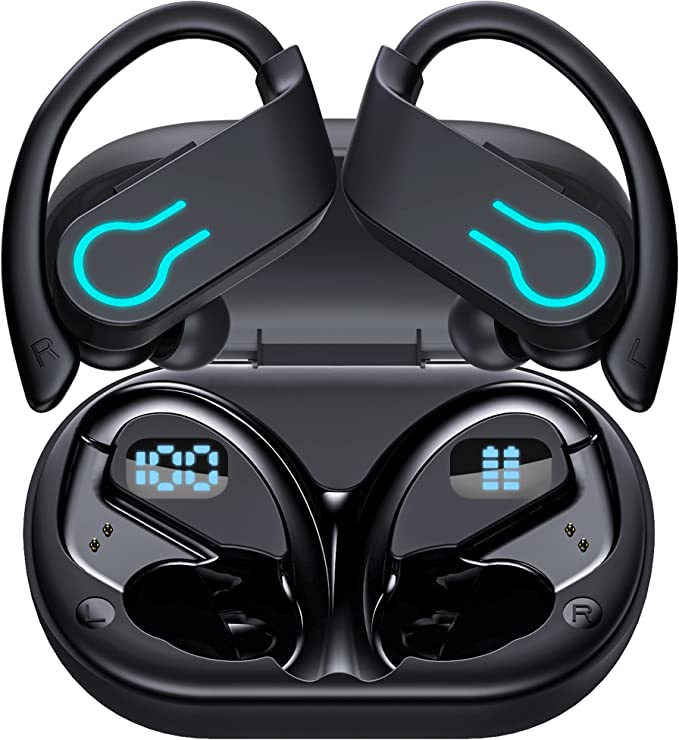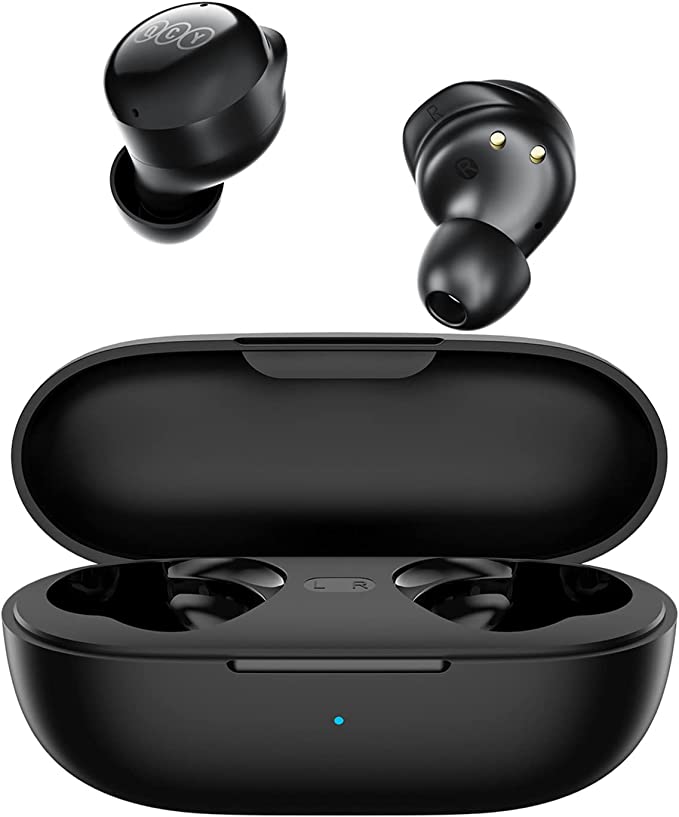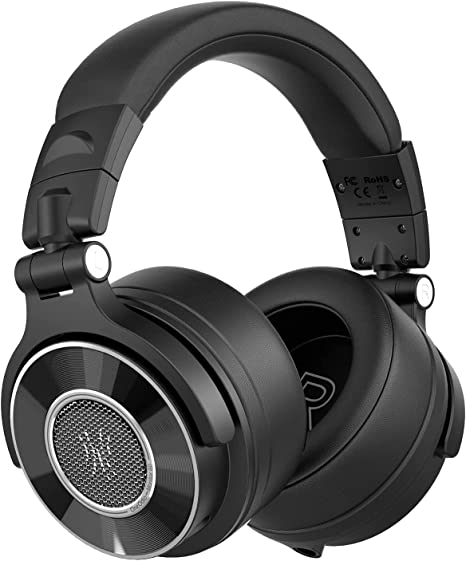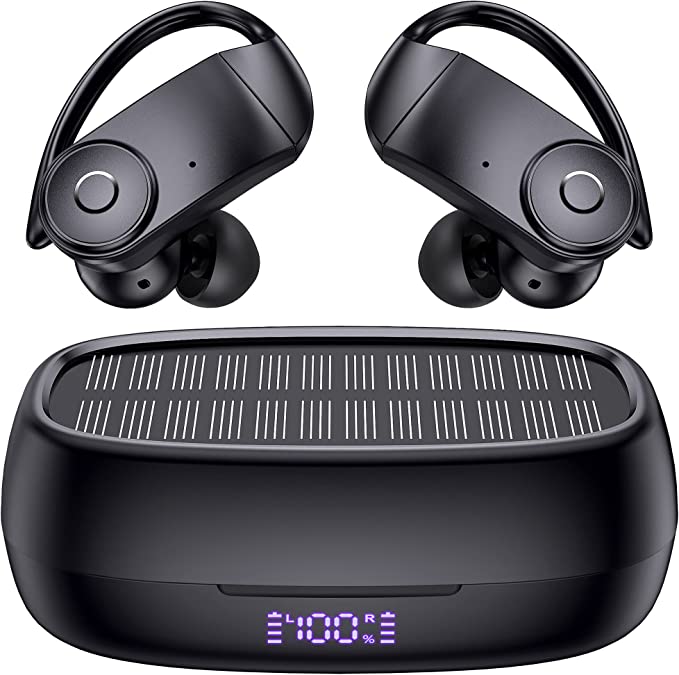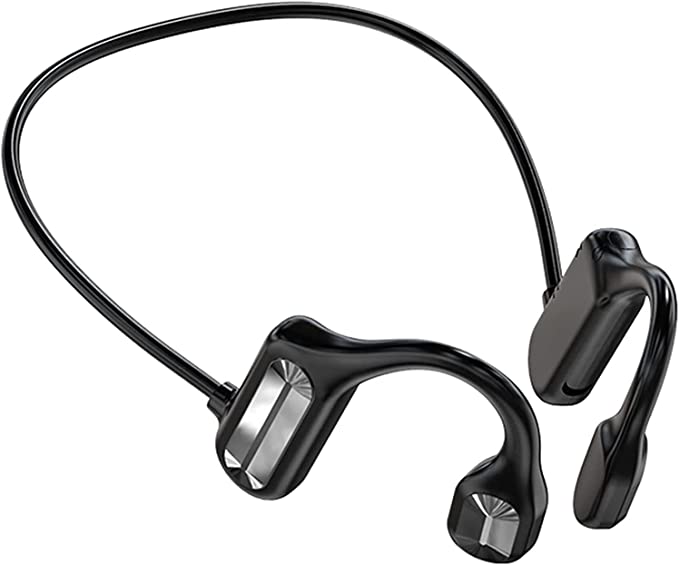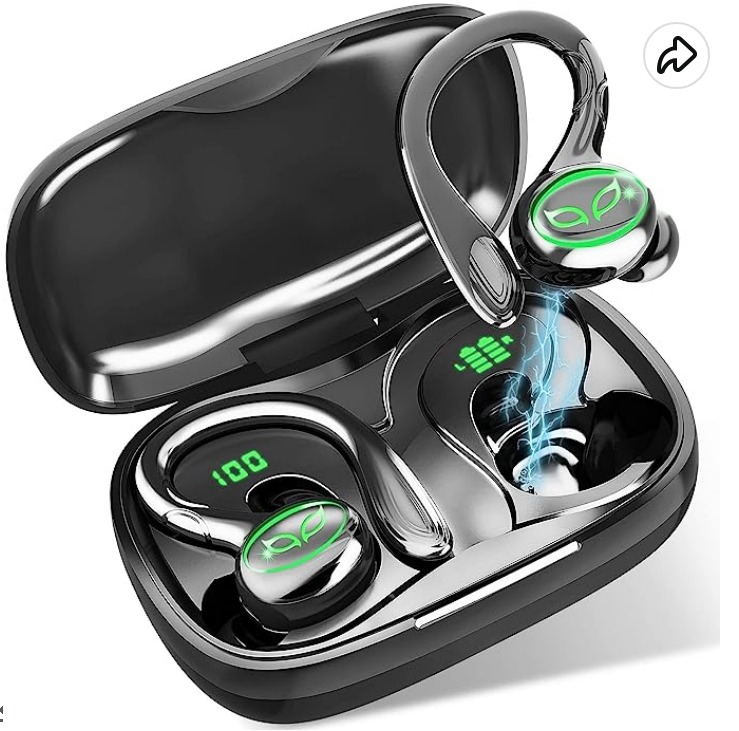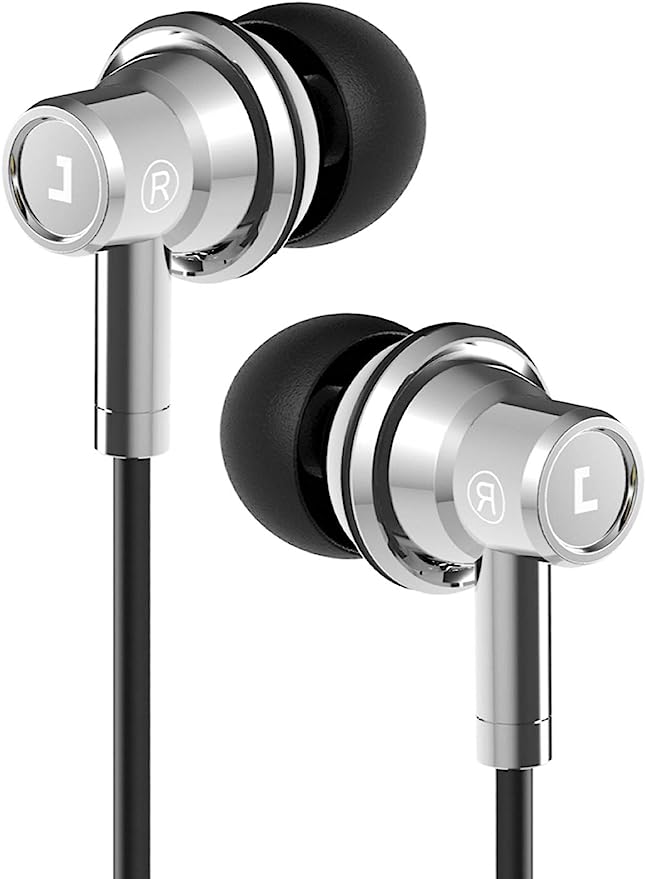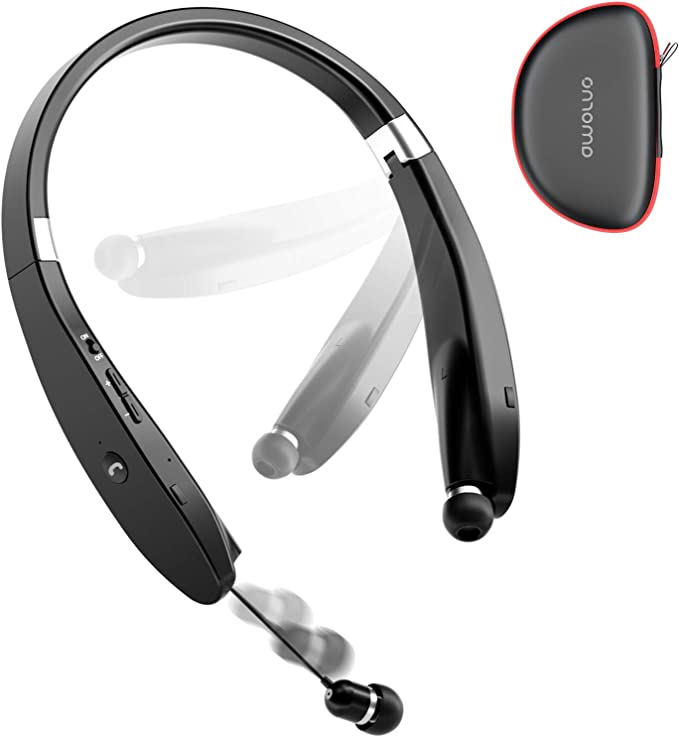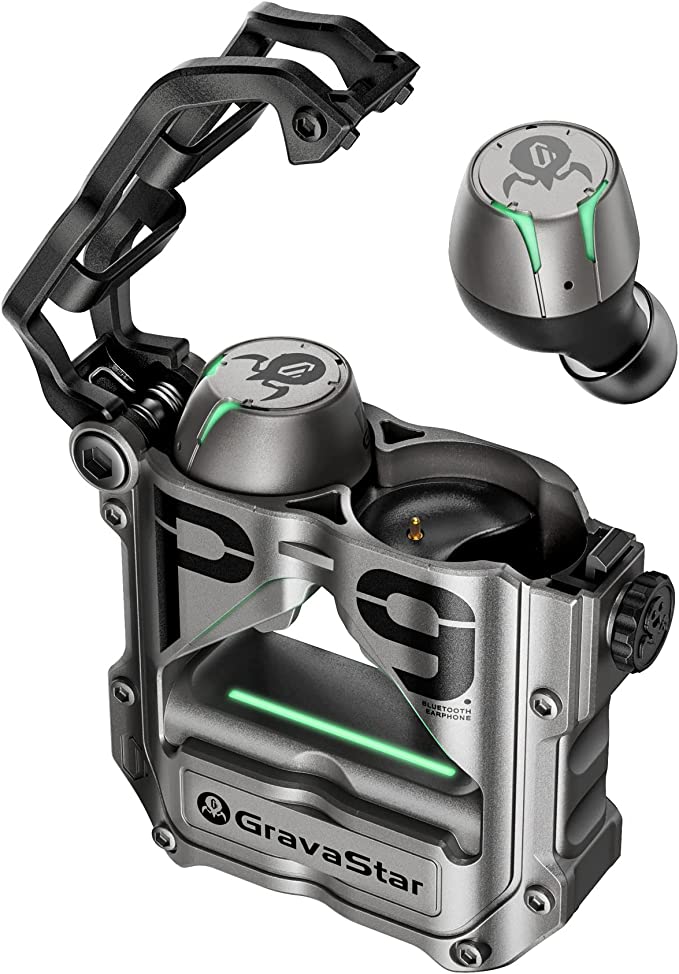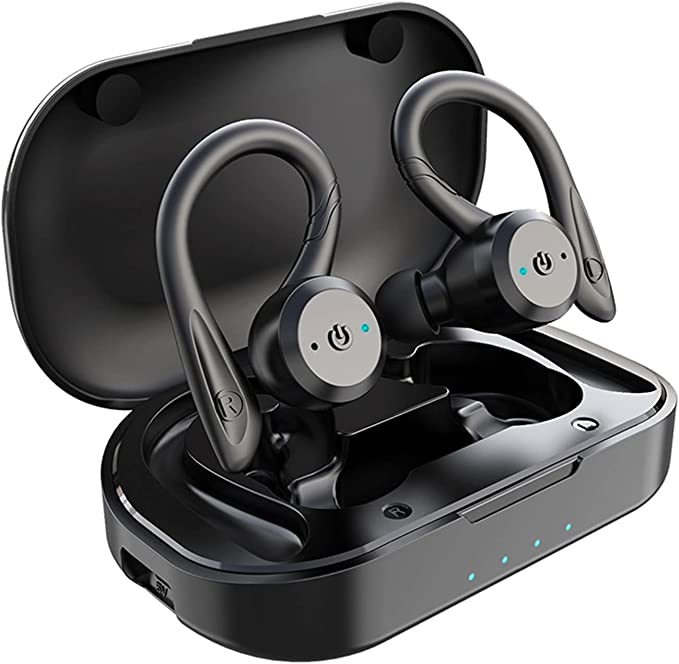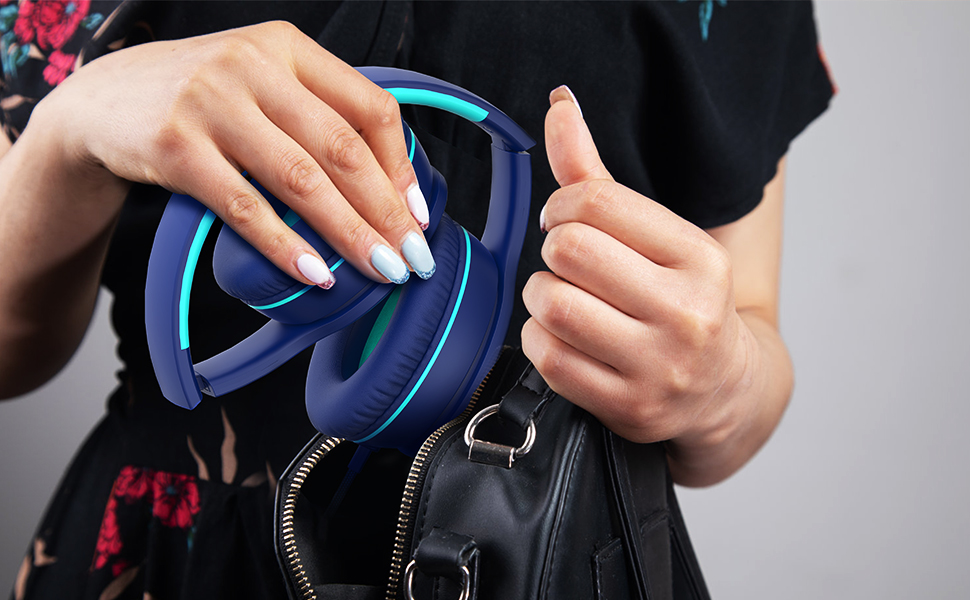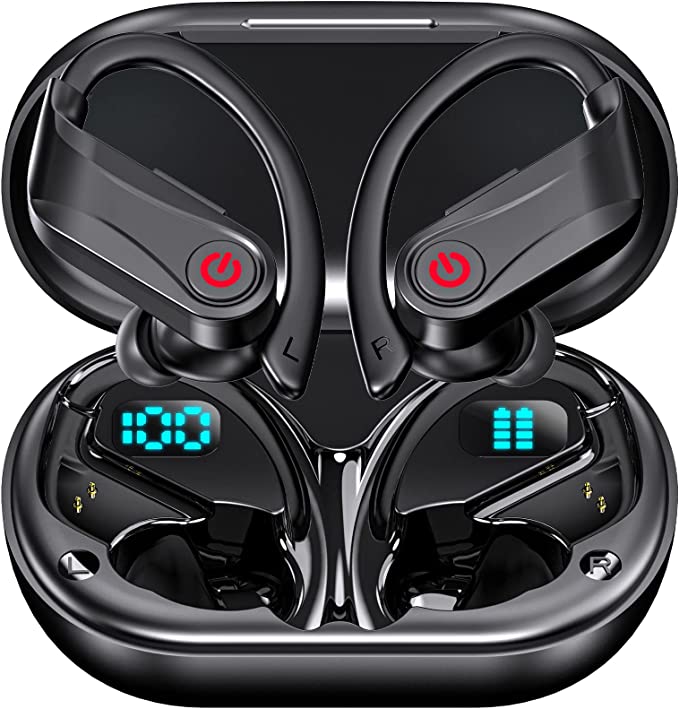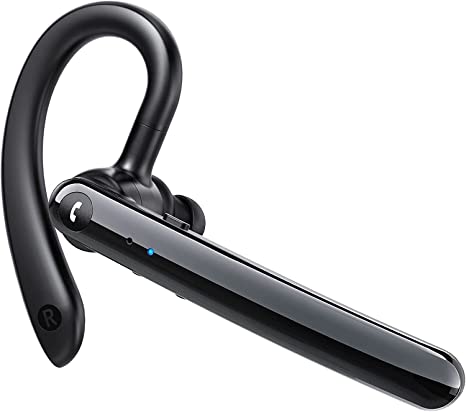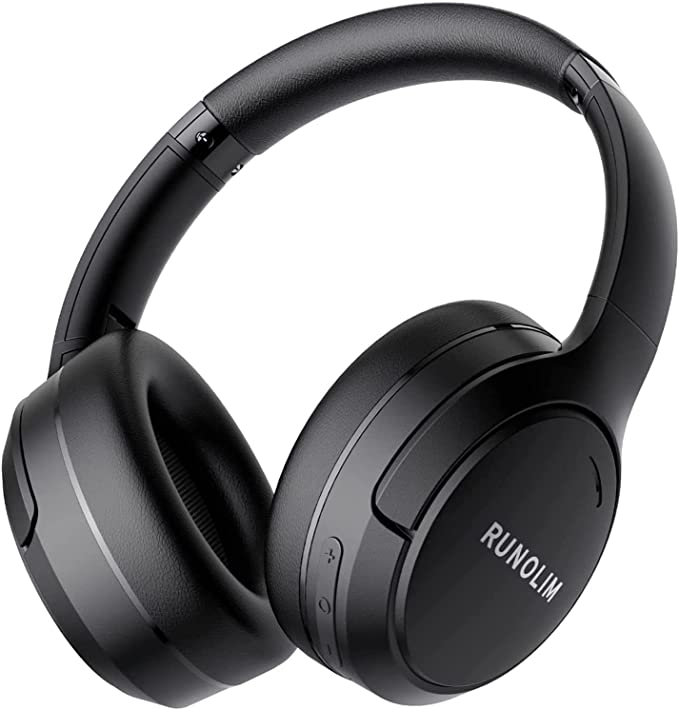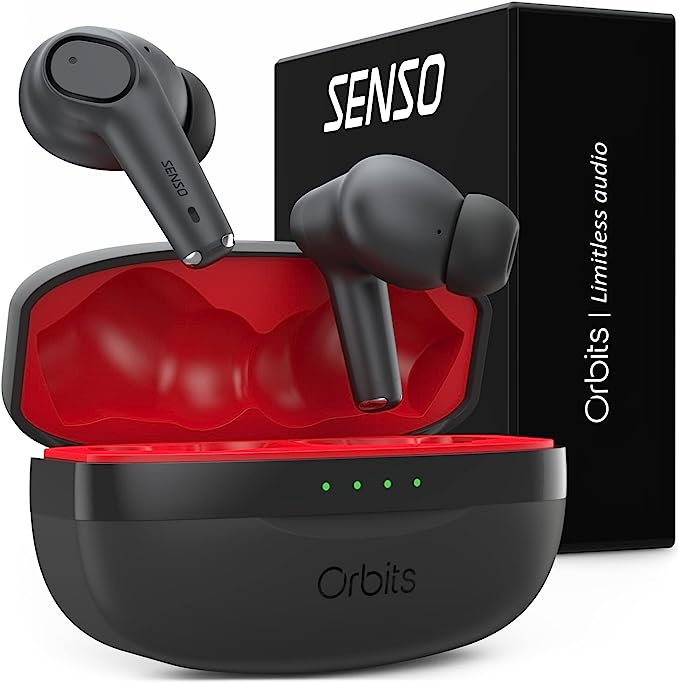JBL Tour Pro 3: Hear the Future with Smart Touchscreen Control
Update on Aug. 4, 2025, 9:59 a.m.
In the ever-advancing world of personal audio, we’ve grown accustomed to a familiar ritual: a case that charges, and earbuds that play. But what if the case was more than a passive vessel? Imagine it as a conductor’s baton, not just housing the orchestra but actively directing the entire performance. This is the paradigm shift introduced by the JBL Tour Pro 3 and its revolutionary Smart Charging Case. Its illuminated touchscreen is more than a novelty; it’s an invitation to look deeper, to understand how modern audio devices are no longer just reproducing sound—they are actively sculpting our perception of reality itself.
This journey isn’t about marketing claims or feature lists. It’s a deep dive into the confluence of acoustic physics, computational power, and the fascinating science of psychoacoustics, exploring how a device like this can engineer silence, build three-dimensional worlds of sound, and tailor it all to your unique biology.

The Architecture of Sound: A Tale of Two Drivers
Before any digital magic can happen, sound must be born from a physical source. At the core of the JBL Tour Pro 3 lies a Hybrid Dual-Driver System, an elegant solution born from decades of acoustic engineering. Think of it as a professional concert hall’s speaker setup, miniaturized to fit within your ear.
It features a 10.2mm dynamic driver, a master of the low frequencies. Like a powerful woofer, its design is optimized to move a significant volume of air, creating the rich, resonant bass and full-bodied vocals that form the emotional foundation of music. But power without precision is just noise. This is where its partner, the balanced armature driver, comes in. With a history rooted in the precise requirements of medical hearing aids, this type of driver is a marvel of agility. It doesn’t move air with a large diaphragm; instead, it uses a tiny reed balanced between magnets to vibrate. This allows it to respond to high-frequency signals with incredible speed and accuracy, rendering the delicate shimmer of cymbals and the subtle textures of a string quartet with crystalline clarity.
By assigning these specialized roles, the system avoids the compromises inherent in single-driver designs, delivering a sound that is both powerful and exquisitely detailed across the entire audible spectrum.

The Symphony of Silence: Engineering Active Noise Cancellation
One of the most profound experiences these earbuds offer is not the sound they make, but the sound they eliminate. Active Noise Cancellation (ANC) is a beautiful application of wave physics, a digital symphony of silence.
Imagine the constant, low-frequency drone of a jet engine or a city bus as a series of chaotic ripples on a pond. Microphones on the exterior of the earbuds act as sensors, capturing the precise shape and rhythm of these incoming sound waves. This information is fed to an internal Digital Signal Processor (DSP), which performs a calculation at nearly the speed of light. Its task is to generate a new, perfectly opposing wave—an “anti-noise” signal that is the exact mirror image of the unwanted sound.
When the original environmental noise and the newly generated anti-noise wave meet at your eardrum, they undergo a phenomenon known as destructive interference. The crest of one wave cancels out the trough of the other. The result is a remarkable flattening of the chaotic ripples into a plane of calm. What you perceive is not a muffling, but a profound sense of quiet, allowing the intricate details of your music to emerge from a silent canvas.

Engineering a Pocket-Sized Reality: The Magic of Spatial Audio
This is where we transition from pure physics to the fascinating realm of psychoacoustics—the science of how our brain interprets sound. JBL Spatial 360 sound does not simply place sound inside your head; it builds an entire, stable auditory world around you. The secret lies in “tricking” the brain by replicating the natural cues it uses to locate sounds in three-dimensional space.
The foundational algorithm for this is the Head-Related Transfer Function (HRTF). In simple terms, HRTF is a complex map of how our head, shoulders, and the shape of our outer ears (the pinna) alter sound before it reaches our eardrums. Sounds from the front, back, above, or below are all subtly filtered and delayed in unique ways. By applying these intricate filters to an audio signal, the earbuds can make a stereo recording sound as if it’s coming from fixed points in the room.
But the true illusion of a stable reality is cemented by head tracking. Tiny, incredibly precise MEMS (Micro-Electro-Mechanical Systems) gyroscopes and accelerometers, the same technology that orients your smartphone screen, constantly monitor the position of your head. When you turn to look left, the audio processor instantly recalculates, shifting the soundscape so that the “stage” remains in front of you. The singer’s voice, once centered, now appears to come from your right. This constant, seamless adjustment is what transforms the experience from a neat effect into a convincing, immersive reality. It’s a pocket-sized holodeck for your ears.

The Personal Equation: Sound Tailored to Your Biology
The final layer of this intelligent system acknowledges a fundamental truth: our hearing is as unique as our fingerprint. Age, genetics, and life experiences shape how we perceive different frequencies. A sound signature that is perfectly balanced for one person might sound sharp or dull to another.
This is the problem that Personi-Fi 3.0 is designed to solve. It moves beyond one-size-fits-all equalization presets and into the domain of personalized auditory science. Through a guided process in its companion app, the system plays a series of tones at various frequencies, creating a detailed map of your personal hearing profile. It identifies the frequencies where your hearing is most and least sensitive.
Armed with this data, the DSP creates a custom corrective filter. It’s like getting a pair of prescription glasses for your ears. The resulting sound is adjusted in real-time to compensate for your unique auditory characteristics, ensuring that you hear a version of the music that is not just objectively accurate, but subjectively perfect for you.
The Dawn of Computational Audio
From the dual-driver architecture that grounds it in acoustic reality, to the wave-canceling physics of its ANC, to the brain-tricking algorithms of its spatial audio, the JBL Tour Pro 3 showcases a clear trajectory for the future. We are firmly in the era of computational audio, where the quality of our listening experience is defined as much by processing power and intelligent algorithms as it is by magnets and diaphragms.
The smart case is not just a feature; it’s the symbol of this new era. It represents the device’s ability to think, to adapt, and to place control over this complex personal reality right at our fingertips. We are witnessing a fundamental shift from technology that merely reproduces sound to technology that actively collaborates with our own perception to create something entirely new.







